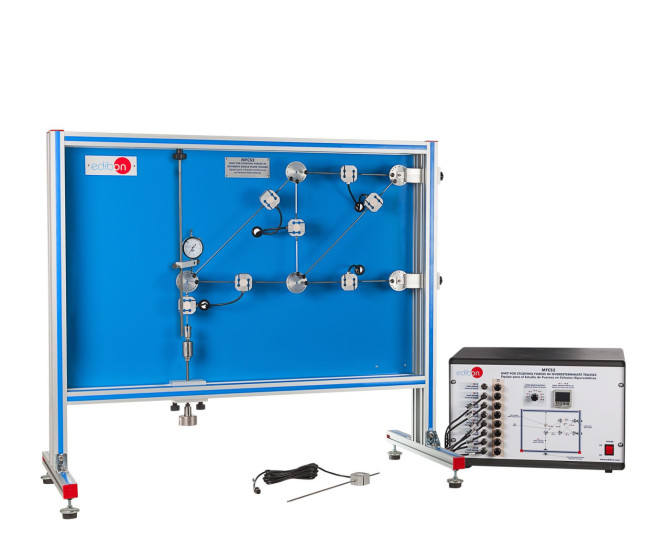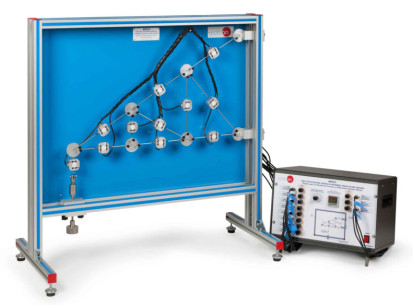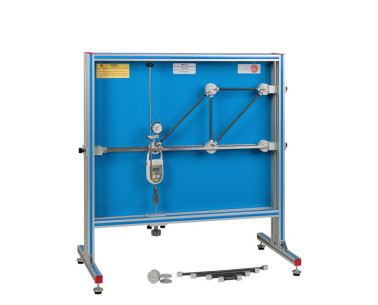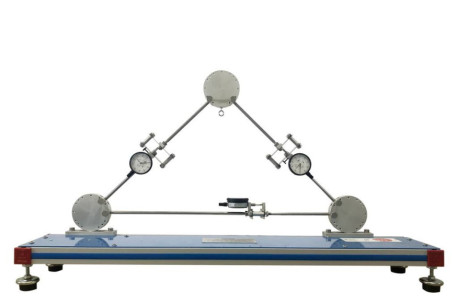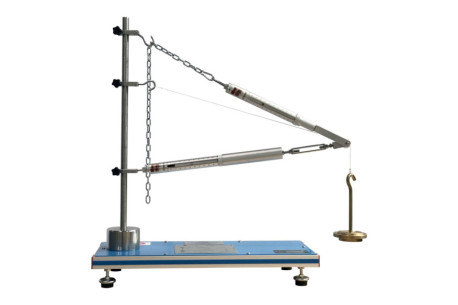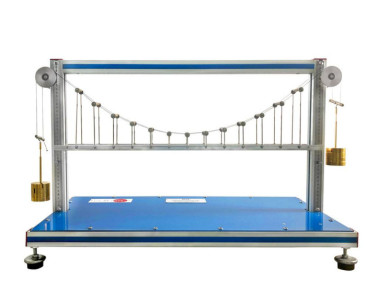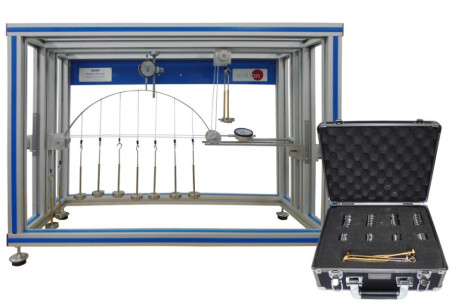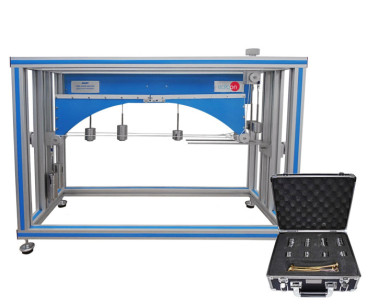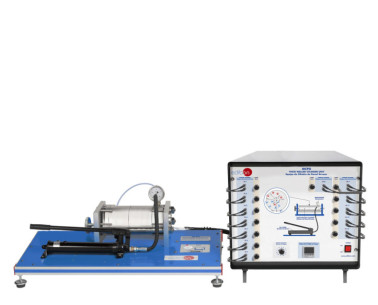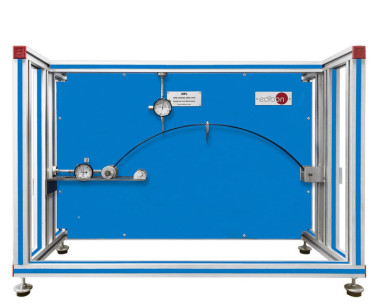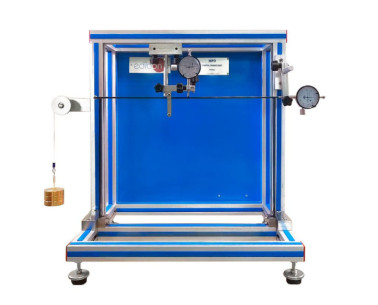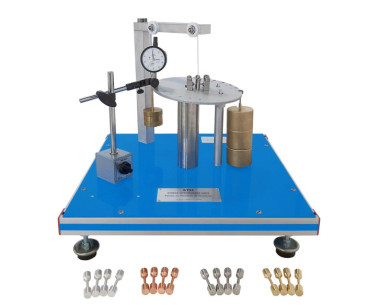MFCS2 Unit for studying Forces in an Overdeterminate Truss
INNOVATIVE SYSTEMS
The Unit for studying Forces in an Overdeterminate Truss, "MFCS2", designed by EDIBON, allows the comparison and investigation of bar forces in statically determinate and overdeterminate trusses.
Expansions
Laboratories
RELATED NEWS
General Description
The Unit for studying Forces in an Overdeterminate Truss, "MFCS2", designed by EDIBON, allows the measurement of the bar forces in a statically determinate truss and in a statically overdeterminate truss, the study of the distribution of forces in the single plane truss with a surplus bar, the study of the dependency of the bar forces on the external force and the comparison of the experimental bar forces with several mathematical methods, such as the method of knots, Ritter´s sections or Castigliano´s method.
The unit consists on eight bars of stainless steel with different lengths to form different trusses structures, one of them allows to convert the structure into hyperstatic. Between the bars will be placed a force sensor to measure the stresses on the bars, they will work with traction or compression and they will be placed forming triangular units with different angles. The bars can be considered ideal, because friction is neglected and nodes doesn´t transmit moments.
To generate an external force in the truss, a load application device will be attached to one of the node disks and with a force sensor the applied load will be measured.
The unit includes a dia gauge to visualize the deformation in any node when the structure is subjected to an external force.
All the readings from the force sensor are shown on a digital display of the electronic console.
Exercises and guided practices
GUIDED PRACTICAL EXERCISES INCLUDED IN THE MANUAL
- Investigation of forces in a statically determinate single plane truss.
- Investigation of forces in a statically overdeterminate single plane truss.
- Measurement of bar forces in the different configurations of the single plane truss using force sensors.
- Study of the distribution of forces in the statically determinate single plane truss.
- Study of the distribution of forces in the statically overdeterminate single plane truss (using a surplus bar).
- Study of the dependency of bar forces on the external force in the different configurations of the single plane truss with the direction of the force.
- Study of the dependency of the bar forces on the external force in the different configurations of the single plane truss with the magnitude of the force.
- Study of the dependency of the bar forces on the external force in the different configurations of the single plane truss with the application point of the force.
- Calculation of bar forces in the different configurations of the statically determinate and statically overdeterminate single plane truss by Ritter's method of sections.
- Calculation of bar forces in the different configurations of the statically determinate and statically overdeterminate single plane truss by the method of joints.
- Comparison of the experimental bar forces with Ritter's method of sections and the method of joints in the different configurations of the statically determinate and statically overdeterminate single plane truss.
- Calculation of the deformation at a point defined by the application of Castigliano's first theorem.
- Compare the deformations suffered under the same state of load by an isostatic and a hyperstatic trus.
- Comparison of the deformation of the experimental deformation with the calculated deformation.
SIMILAR UNITS AVAILABLE
Unit for studying Deformation of Trusses
Unit for Studying Forces in a Simple Bar Structure
SUPPLEMENTARY EQUIPMENT
Unit for studying Forces in a Jib Crane
Suspension Bridge Unit
Parabolic Arch Unit
Three-Hinged Arch Unit
Unit for Studying Forces in a Simple Bar Structure
Unit for studying Forces in Different Single Plane Trusses
Unit for studying Deformation of Trusses
Thick Walled Cylinder Unit
Two Hinged Arch Unit
Portal Frame Unit
Stress Hypotheses Unit
Simple Stability Problems Study Unit
Quality

AFTER-SALES SERVICE

 Cookie preferences
Cookie preferences

